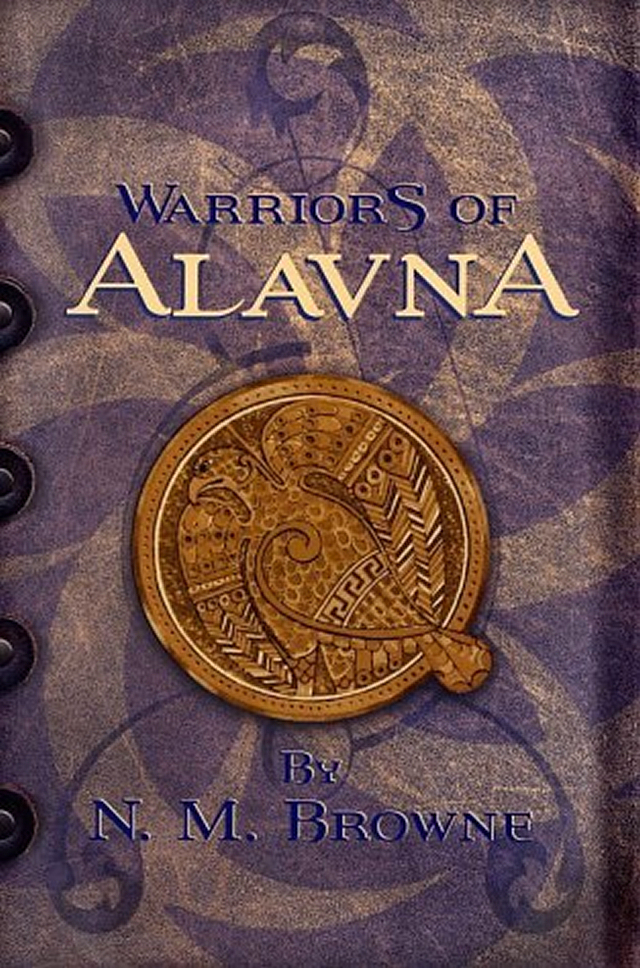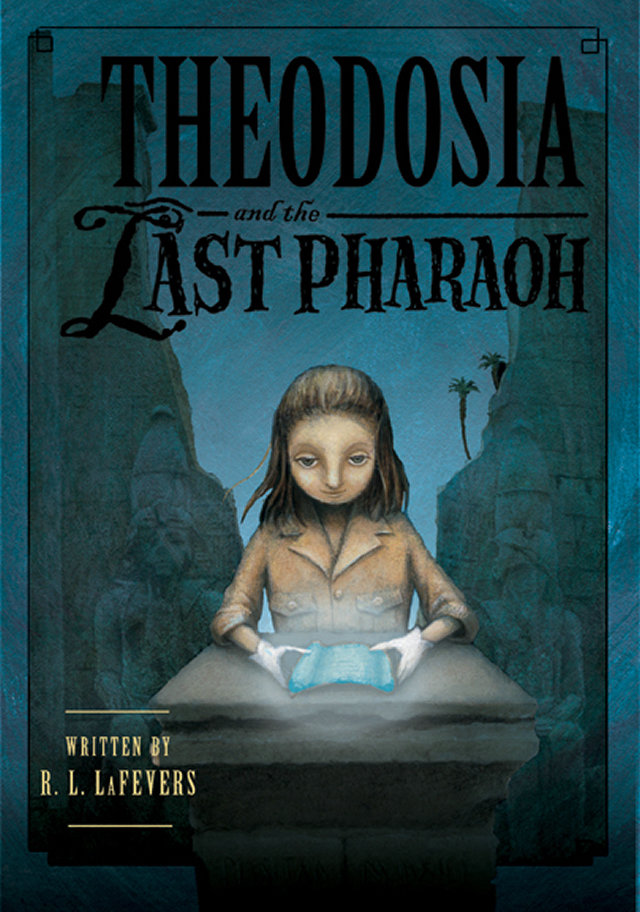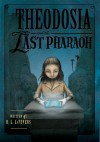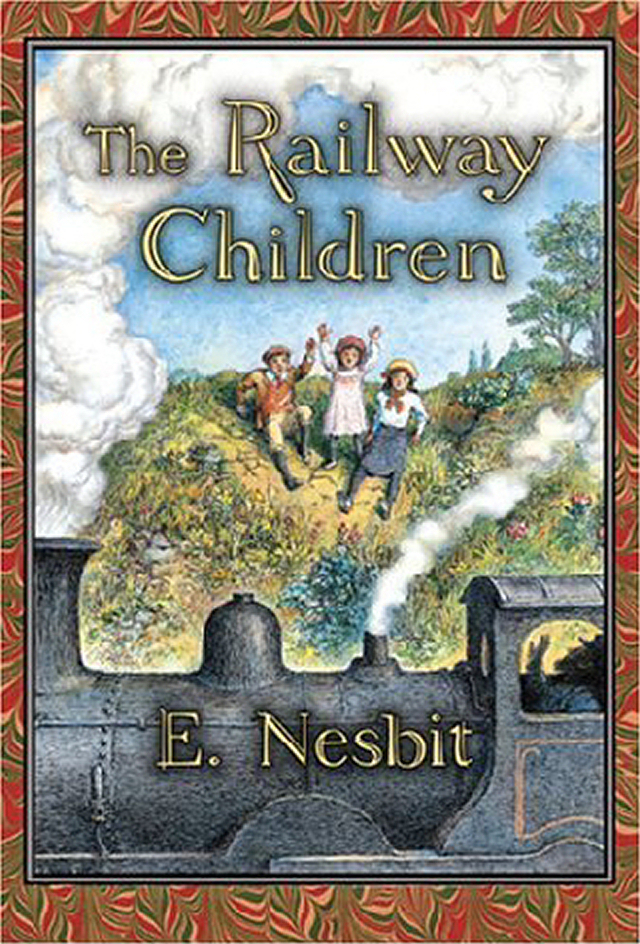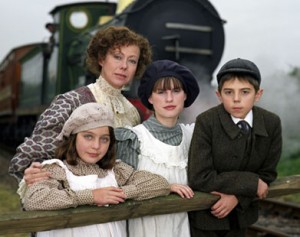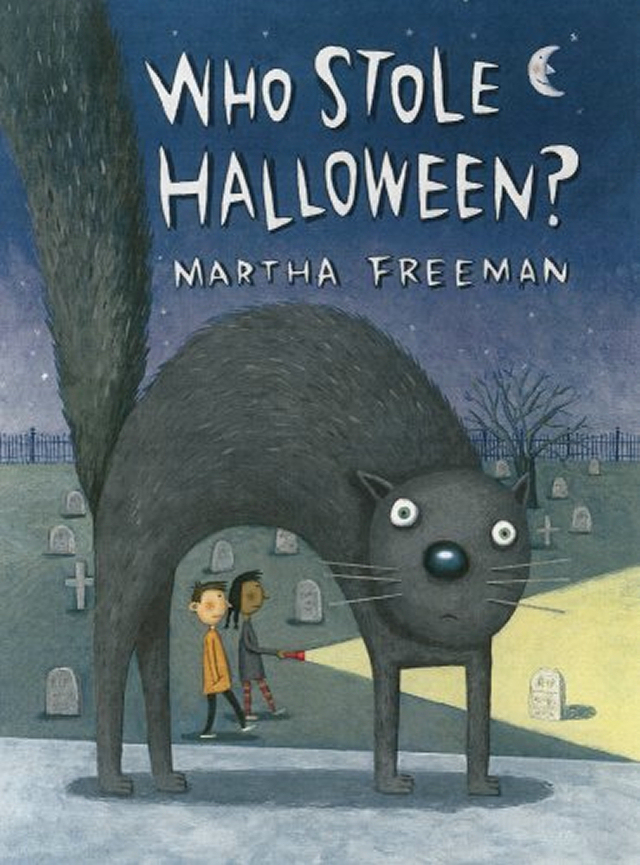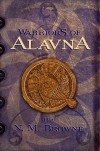
The Plot
Dan and Ursula are two British teenagers on a school field trip. A strange fog envelops them and the two find themselves transported to a strange new world where there are still Romans and Celtic tribesmen. Once there, they’re thrown into a deadly conflict for which neither is prepared, but with which they must deal if they’re ever to have a chance of finding a way home.
My Thoughts
Somehow, even though I’m the one in charge of creating the “Upcoming” page on Tripletake, I had not actually read the blurb I pasted in for this book. The result being that my impressions of the book, formed from only its title, were completely wrong. It was nothing like what I expected (which was, of course, relatively high fantasy centering around a land called Alavna).
We begin instead in Hastings (as in Battle of) where Ursula and Dan, unwilling partners on a school field trip, have found themselves in the middle of a clinging yellow mist. Dan is a smart, athletic, popular kid while Ursula is apparently an outcast who has low self-esteem due to her height (tall) and build (heavy). These facts turn out to be rather less important than one might expect in a young adult novel. The point of view shifts between Ursula and Dan throughout the whole book, but it’s most noticeable here at the beginning, where we’re most in their heads. Dan’s point of view is presented in short, nearly clauseless sentences, while Ursula’s sentence structure is more complex. It was an interesting contrast but for me, it made reading Dan’s sections difficult. It felt like the equivalent of being in heavy traffic — you’d move for a couple seconds and then jerk to a stop again. Repeat.
Ursula and Dan emerge from the mist into somewhere different — a land which might be Britain of the distant past or might not. In any case, the situation there is much the same as the situation in Britain during the middle of the Roman occupation. The Celtic tribes are finding their way of life threatened, their lands taken, their authority usurped; in desperation, they’ve been trying to use magic to lift the Veil and summon help from elsewhere. What they got was Ursula and Dan, who don’t feel especially useful.
Of course, the reader knows this will turn out not to be the case: they will obviously hold the key to solving the tribes’ problems, at least in the short term. It wouldn’t be much of a story, otherwise. Dan’s ‘talent’ is revealed fairly early on in the story: he’s what the tribes call a ‘bear sark’, aka a berserker in the grandest tradition of the word. He can turn into an unstoppable killing machine in a disturbingly easy way (disturbing to himself perhaps more than the reader) and go Hitokiri Battousai on all the bad-guys.
Ursula’s purpose is developed more slowly, and it’s she more than Dan who ends up as the central figure of the book. The Celts who summon her and Dan mistake her initially for a boy and this ruse is continued for a very large part of the book. Though it strains credulity for portions of the beginning, it’s a necessary ploy to keep her involved with the male warriors who making the decisions for the tribes. While there’s some lip service paid to the idea that the Celts were a relatively equal society whose womenfolk are known to fight alongside the men, we never see this in practice and the men all seem content enough with the patriarchy, new or not.
The plotting is well-paced; there are no sections of the book where there are too many incidents and others where there are too few. The final battle in particular was impressive, conveying as it did the hectic confusion of what an actual battle of the sort might have been like.
Overall, I’m left wondering why I don’t find myself more enthusiastic about the book or more interested in reading the rest of the trilogy. The lack of good female characters may be one reason; there are only two in the book of any note: one a bitchy screwup and one, Ursula, who spends her time disguised as a boy. Maybe it’s because I didn’t really start to feel a connection to the characters until the very end, right when it was clear that everything was about to change again — the next book may be a continuation, but it probably won’t be a continuation of this particular set of circumstances. I don’t know. All I can say is that it didn’t excite me, but I don’t entirely rule out finishing the series.
In Short
In the end, I have mixed feelings about this book. Browne is a good writer, and yet there are other good writers whose stuff I just don’t enjoy. The story itself was pretty solid, but at the end of it I felt like I still had a pretty shallow feel for the two main characters, Ursula and Dan. I was told that they had changed and grown, but since the book started and stopped without any real look at them in the ‘real world’ I have no particular evidence of them either before or after these incidents. There was a distinct lack of female characters, and our one lead female spends almost the entire book pretending to be a boy; the only other prominent female is jealous, impulsive and behaves like a fool. For that alone I should dislike it, but knowing it’s part of a trilogy leaves me with the hope that like many series, it’s much better when taken as a whole.
